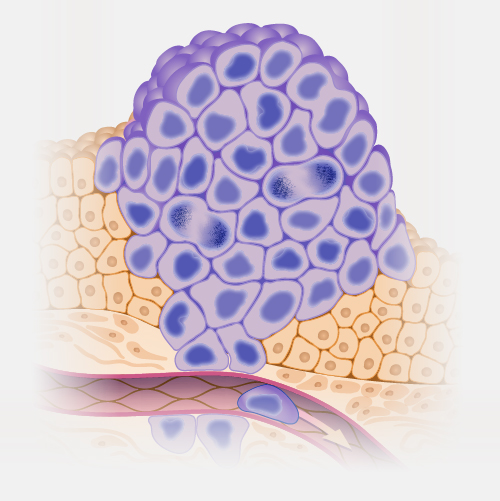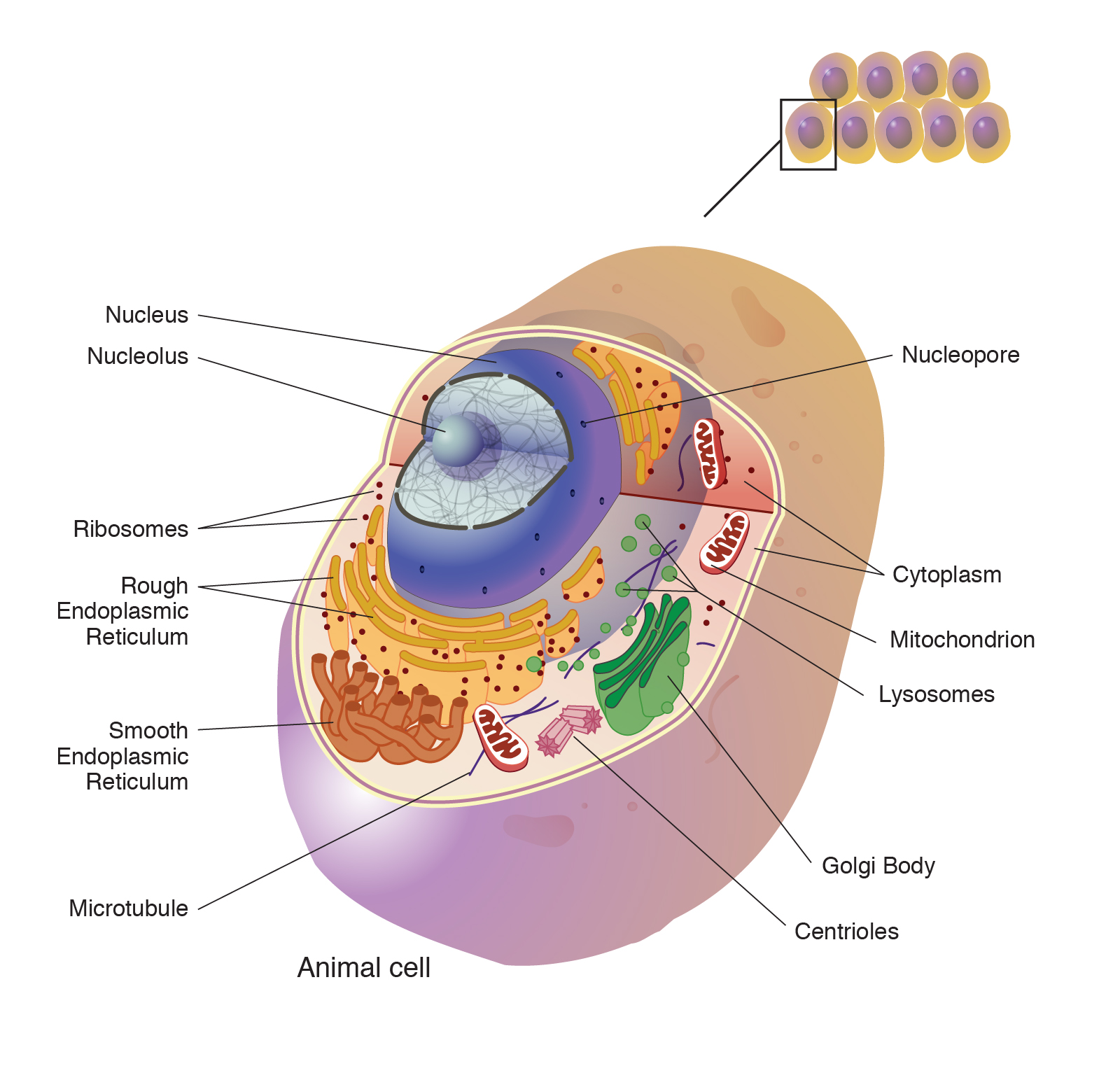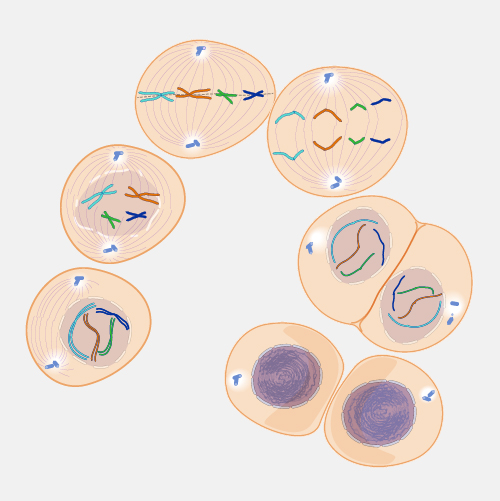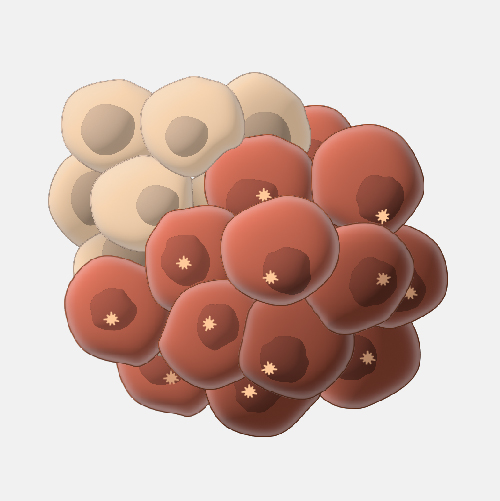Apoptosis
Definition
Apoptosis is the process of programmed cell death. It is used during early development to eliminate unwanted cells; for example, those between the fingers of a developing hand. In adults, apoptosis is used to rid the body of cells that have been damaged beyond repair. Apoptosis also plays a role in preventing cancer. If apoptosis is for some reason prevented, it can lead to uncontrolled cell division and the subsequent development of a tumor.

Narration
"Apoptosis" is a funny word that is derived from the Latin meaning "to fall off", like a leaf falls off a tree. And a leaf falls off a tree when it's dead. And apoptosis refers to a process of what's called programmed cell death where the cell is actually in a funny kind of way committing suicide. And when this happens, there's a whole scripted choreography of pathways and proteins within a cell that get activated to actually kill the cell and without making too much of a mess. And this happens normally during development, for instance, in the development of the hand, that normally to begin with, the hand looks very much like a duck paddle foot and the webs between the fingers. Those cells apoptose, giving you the fingers. There are human conditions where that ceases to where apoptosis just does not happen and people are born with web feet. Apoptosis normally happens in cells that have been around in the body long enough that they're kind of worn out, and so they need to make way for nice, new young cells. When that doesn't happen, that's cancer. And so apoptosis can be normal, and in the absence of apoptosis, that can lead to cancer. Too much apoptosis in an otherwise normal human being will result in a number of so-called neurodegenerative diseases where cells die when they're not supposed to die. And they get messages from some place, most of which we don't understand, to tell them to die, so in a certain part of the lower part of the brain, that's what causes Parkinson's disease. This also characterizes Huntington's disease, and Alzheimer's disease, and Lou Gehrig's disease, and a number of other neurodegenerative diseases.




